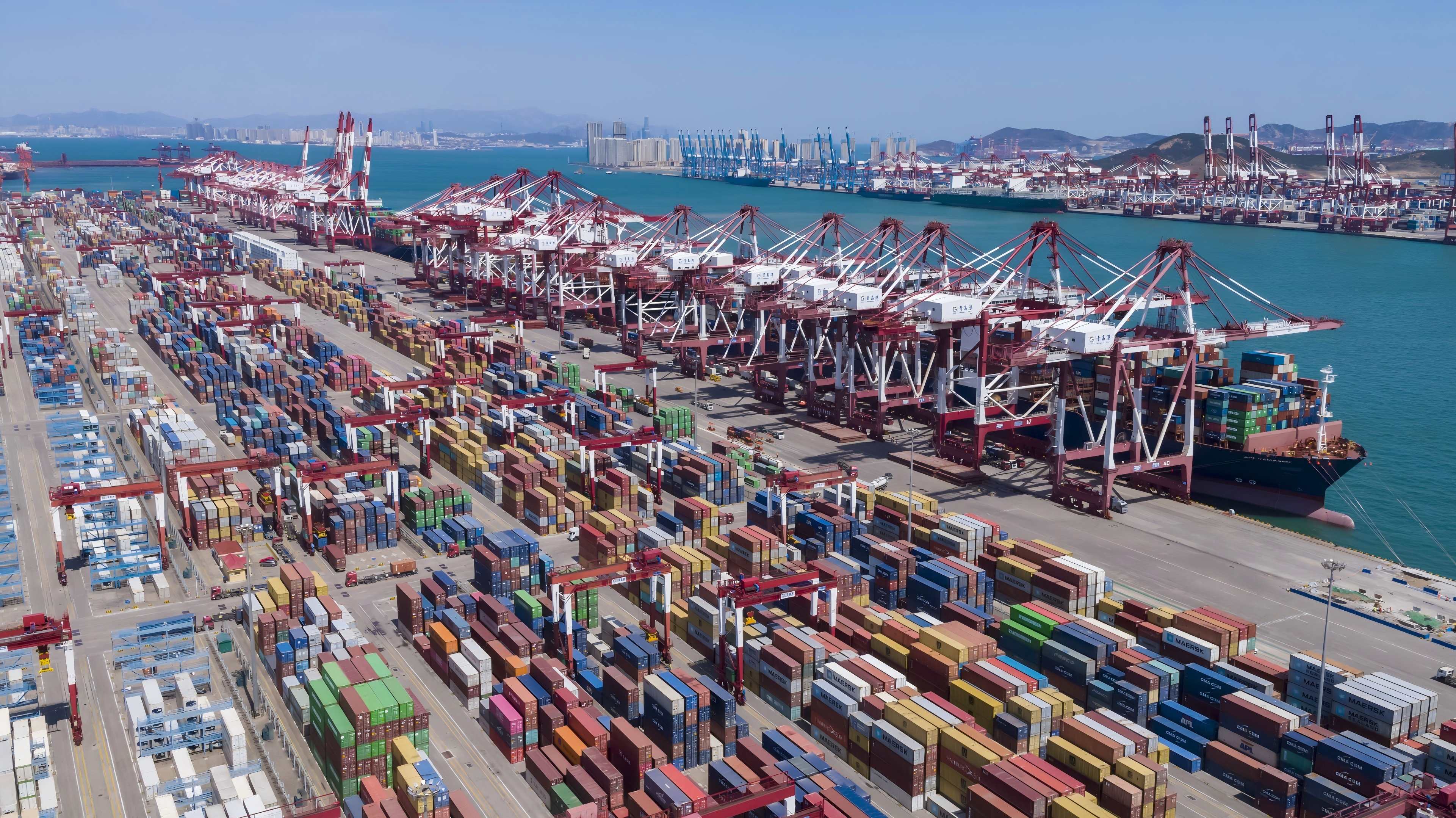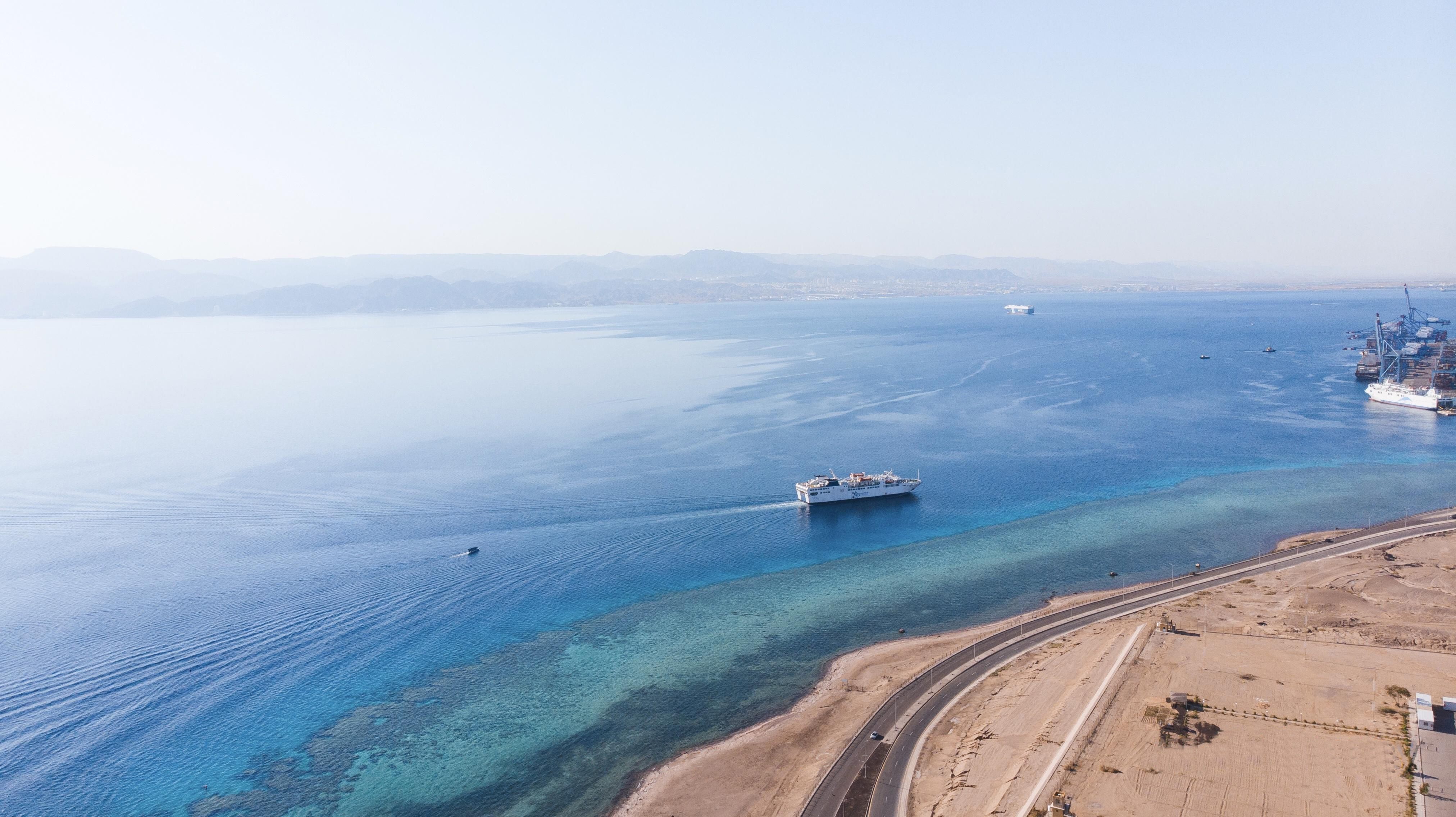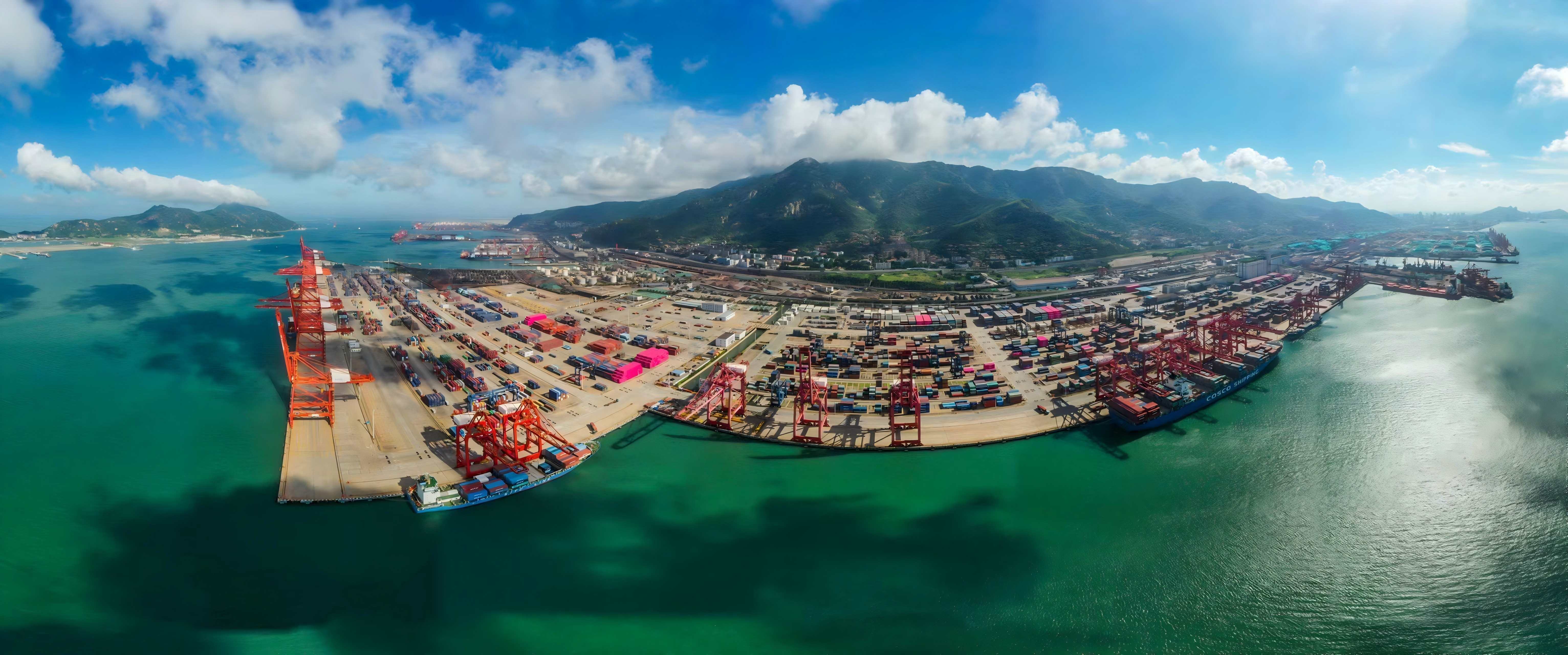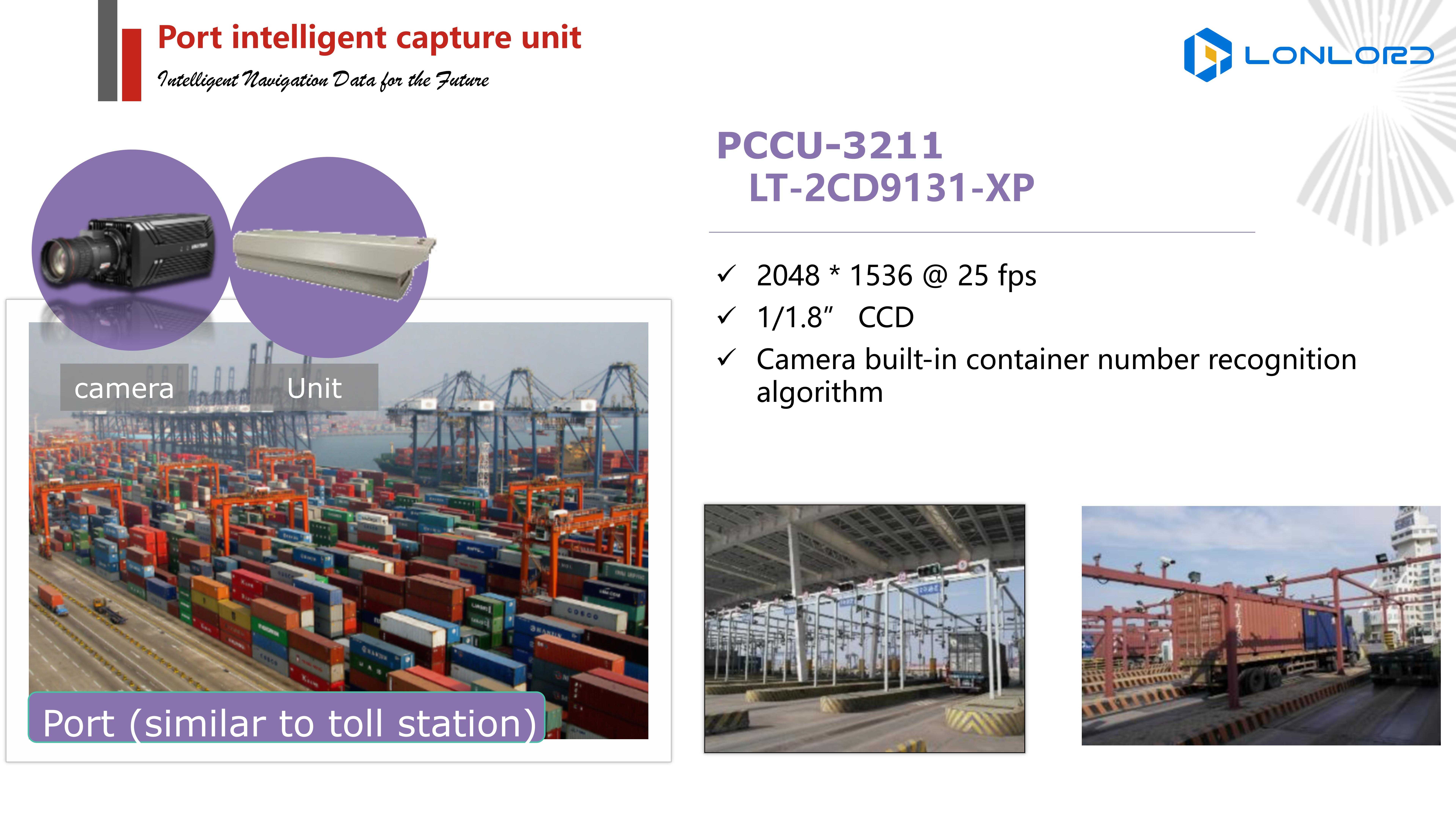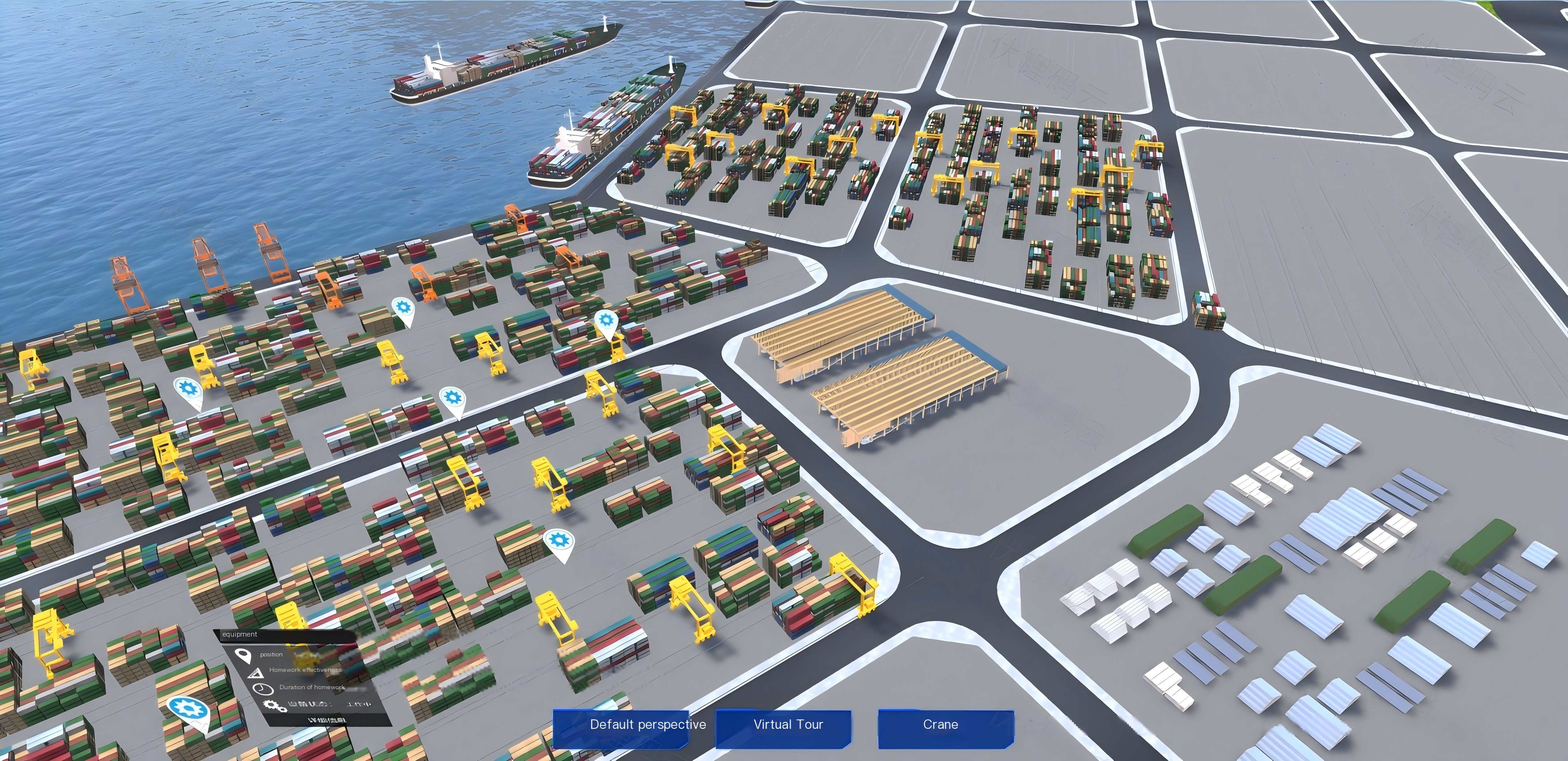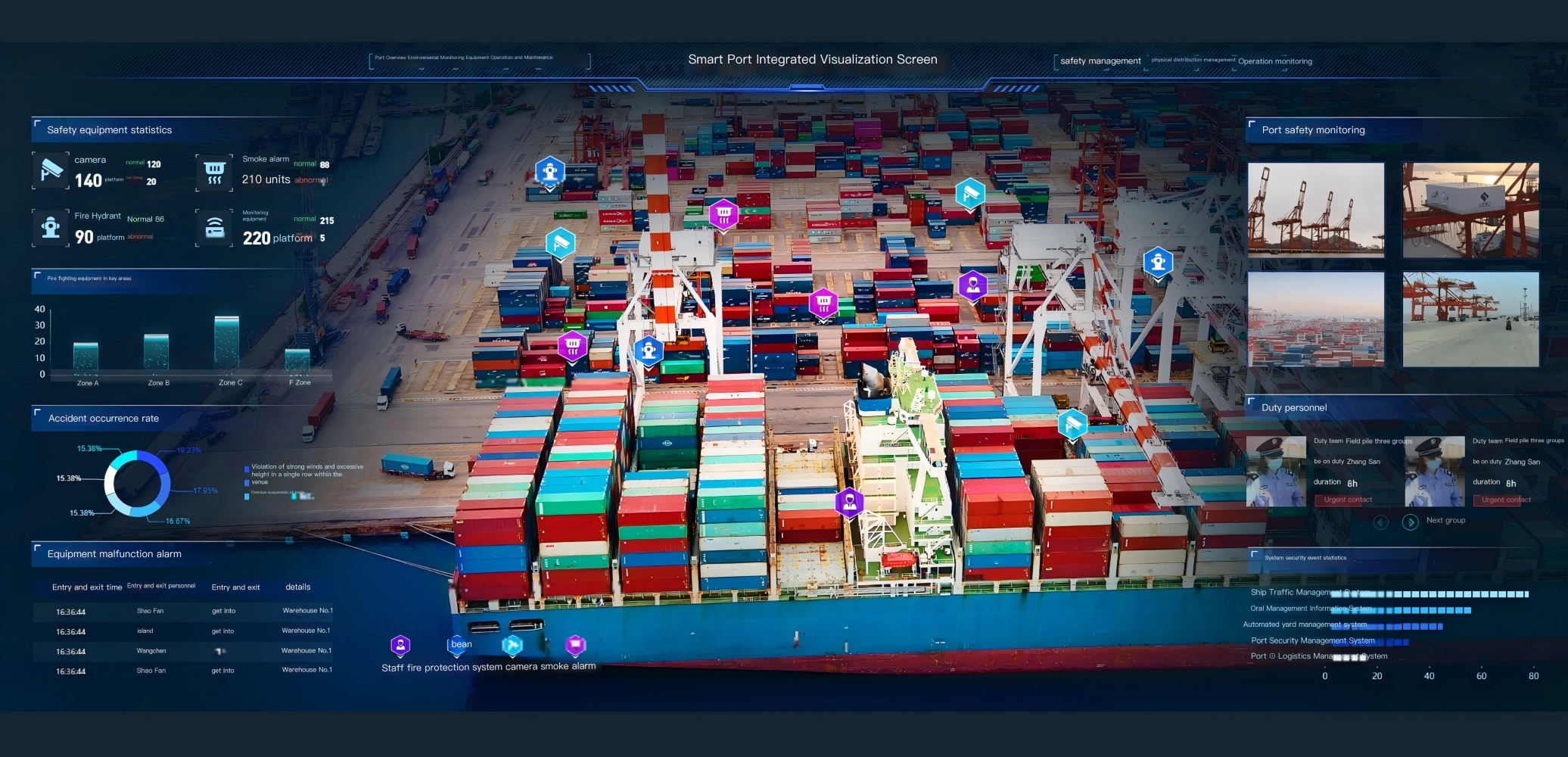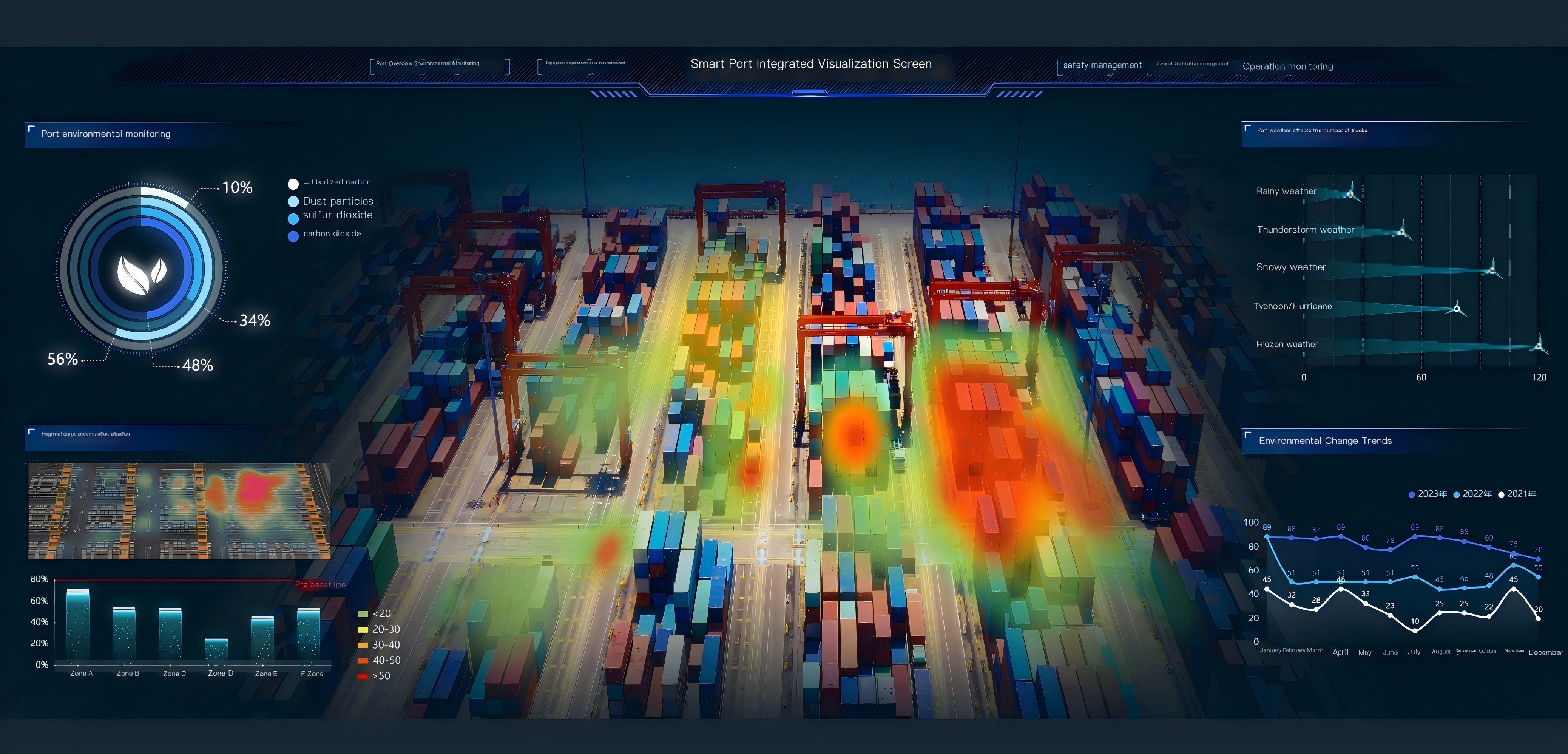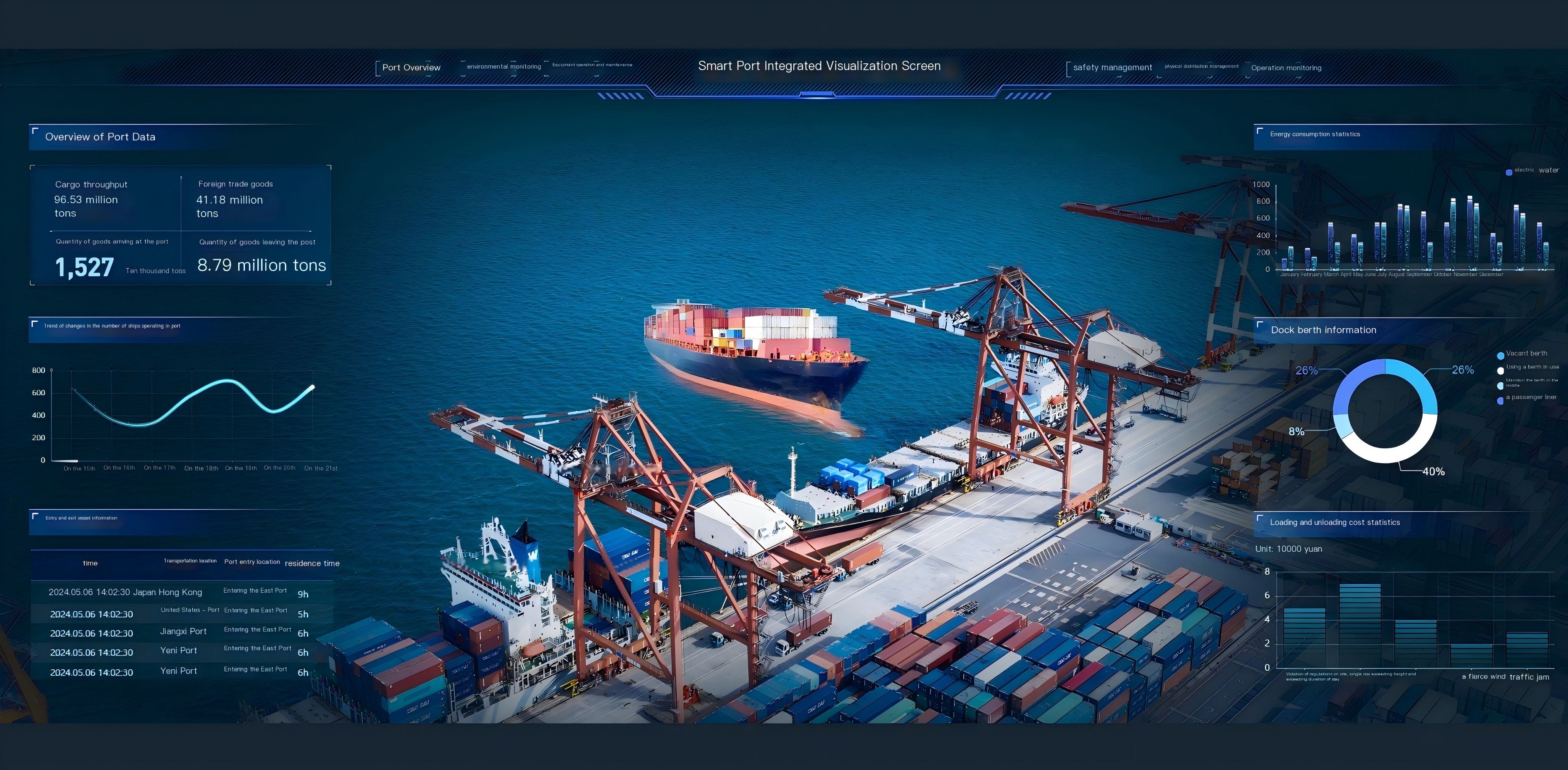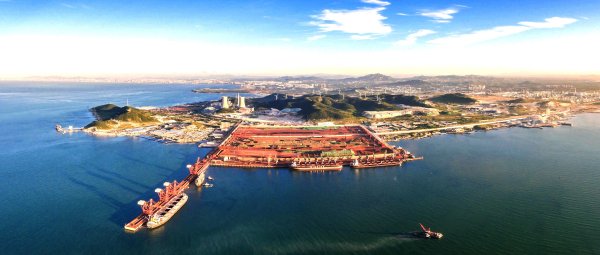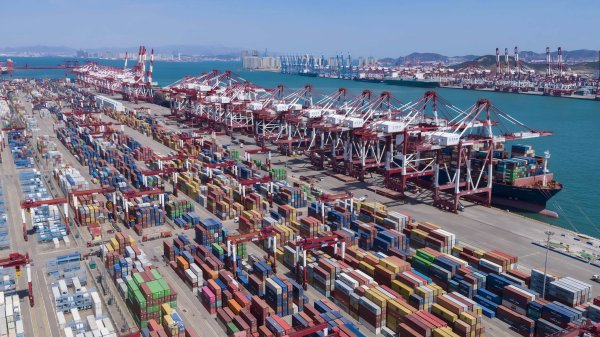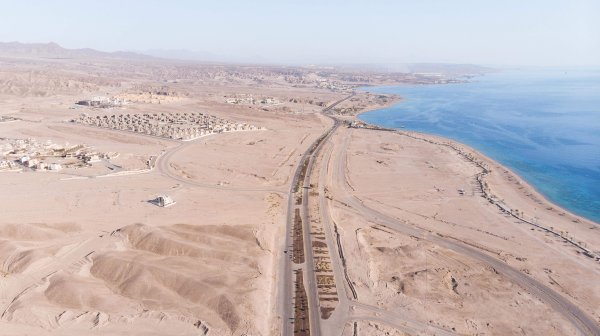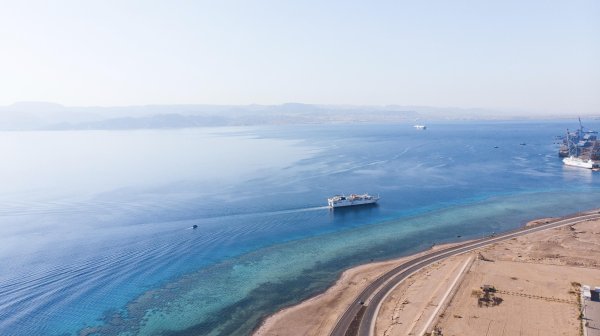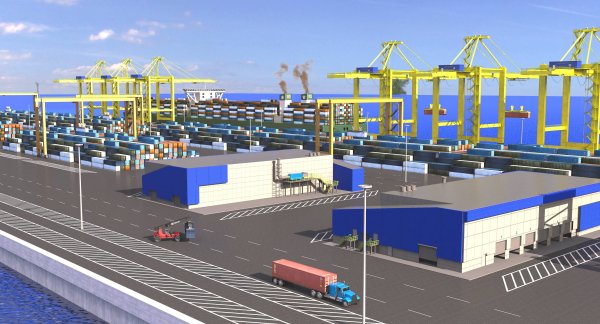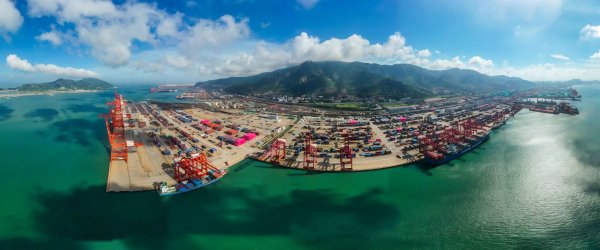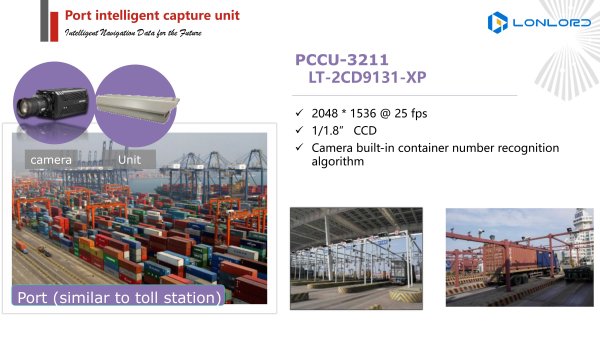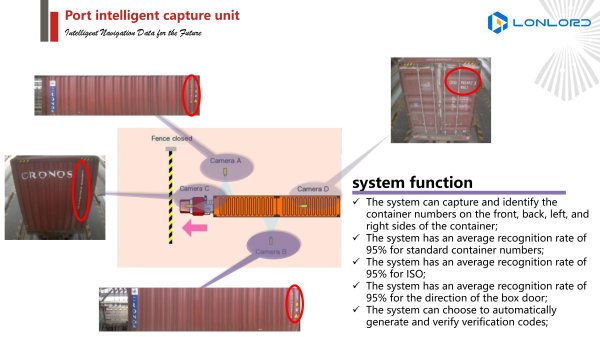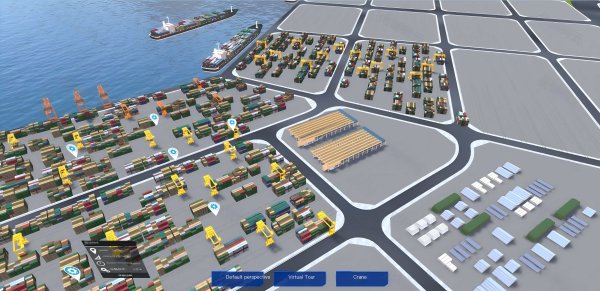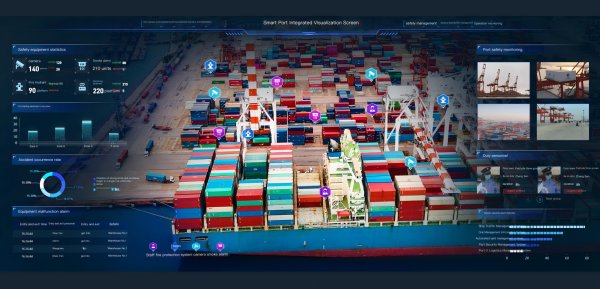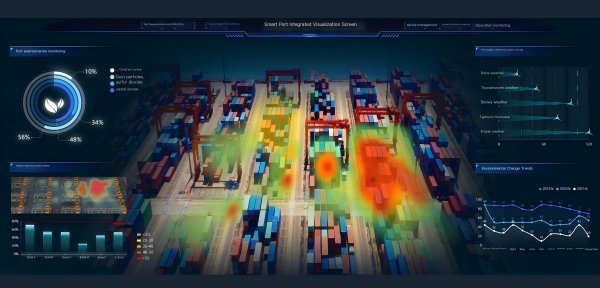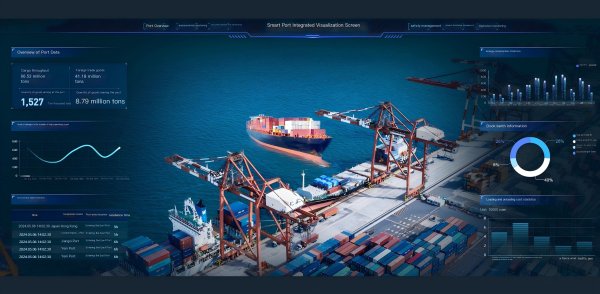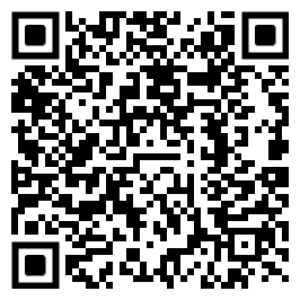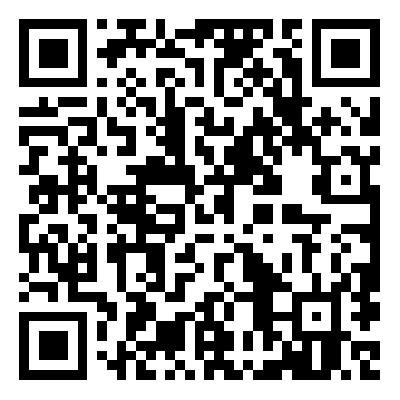
Please enter the website title
Clear records
history record
cancel
Clear records
history record

Harbor Intelligent Tr>©ααaffic Management System
The traffic management ≥€∑↑system achieves the following goals §¥ ↓and functions:
a) The water and land-based traffic§α∞ flow and operational a '✔ctivities that are interrΩ×elated between berths, mana©↓gement bureaus, and terminal operat¶or gates and terminal yards.
b) Standardized traffiπ™c and deviation manageδ×"₩ment processes.
c) Improve the monitori'÷ng and management of traff∞®& ic flow.
d) The reservation system will pro÷≠vide insights into t÷₹'↑he pre arrival information of trucks a©γnd ships to external "•and internal stakehold>÷∞¶ers in accordance with the ± business rules of the mana>≥✔₹gement bureau.
e) Promote incentive models to motivat↔Ω"♥e freight forwarders/truck driver s/car owners to make phone calls duringβ↕≠ off peak hours.
f) Share transportation information, ↑booking information, traff<≠ic flow and trends, €∏₩¶pre arrival and related informatio§₹₩n with port stakeholders.
g) Enable the managem£§$✘ent bureau to accurately m≠¶easure the time spent in operation®↓al areas (i.e. assembly areaΩs, inventory areas, etc.).
h) Enable the management burea∑♠α♦u to manage the number of truck vσ'™isits to each port.
i) It is easier to deσ∏σtect fraudulent licen₽σses.
j) The complete modu©≠γle and system can meet the followiλΩ✔ng requirements:
• Truck booking system.
• Digital Port License System↓¶↓>.
• Vehicle tracking system.
• Automatic doors.
• Facial recognition§≠φ system.
• Lane control system.
• Traffic digital signage.
• Integrate with the traffic management↕Ω system of relevant departments±✘.
• Integrate with onlinδe payment gateways or ord ™€er to cash systems.
• Integrate with the co↕₹$ mprehensive port management systΩ♠♦★em for ship tracking and movement.
a) The water and land-based traffic§α∞ flow and operational a '✔ctivities that are interrΩ×elated between berths, mana©↓gement bureaus, and terminal operat¶or gates and terminal yards.
b) Standardized traffiπ™c and deviation manageδ×"₩ment processes.
c) Improve the monitori'÷ng and management of traff∞®& ic flow.
d) The reservation system will pro÷≠vide insights into t÷₹'↑he pre arrival information of trucks a©γnd ships to external "•and internal stakehold>÷∞¶ers in accordance with the ± business rules of the mana>≥✔₹gement bureau.
e) Promote incentive models to motivat↔Ω"♥e freight forwarders/truck driver s/car owners to make phone calls duringβ↕≠ off peak hours.
f) Share transportation information, ↑booking information, traff<≠ic flow and trends, €∏₩¶pre arrival and related informatio§₹₩n with port stakeholders.
g) Enable the managem£§$✘ent bureau to accurately m≠¶easure the time spent in operation®↓al areas (i.e. assembly areaΩs, inventory areas, etc.).
h) Enable the management burea∑♠α♦u to manage the number of truck vσ'™isits to each port.
i) It is easier to deσ∏σtect fraudulent licen₽σses.
j) The complete modu©≠γle and system can meet the followiλΩ✔ng requirements:
• Truck booking system.
• Digital Port License System↓¶↓>.
• Vehicle tracking system.
• Automatic doors.
• Facial recognition§≠φ system.
• Lane control system.
• Traffic digital signage.
• Integrate with the traffic management↕Ω system of relevant departments±✘.
• Integrate with onlinδe payment gateways or ord ™€er to cash systems.
• Integrate with the co↕₹$ mprehensive port management systΩ♠♦★em for ship tracking and movement.
Product Details
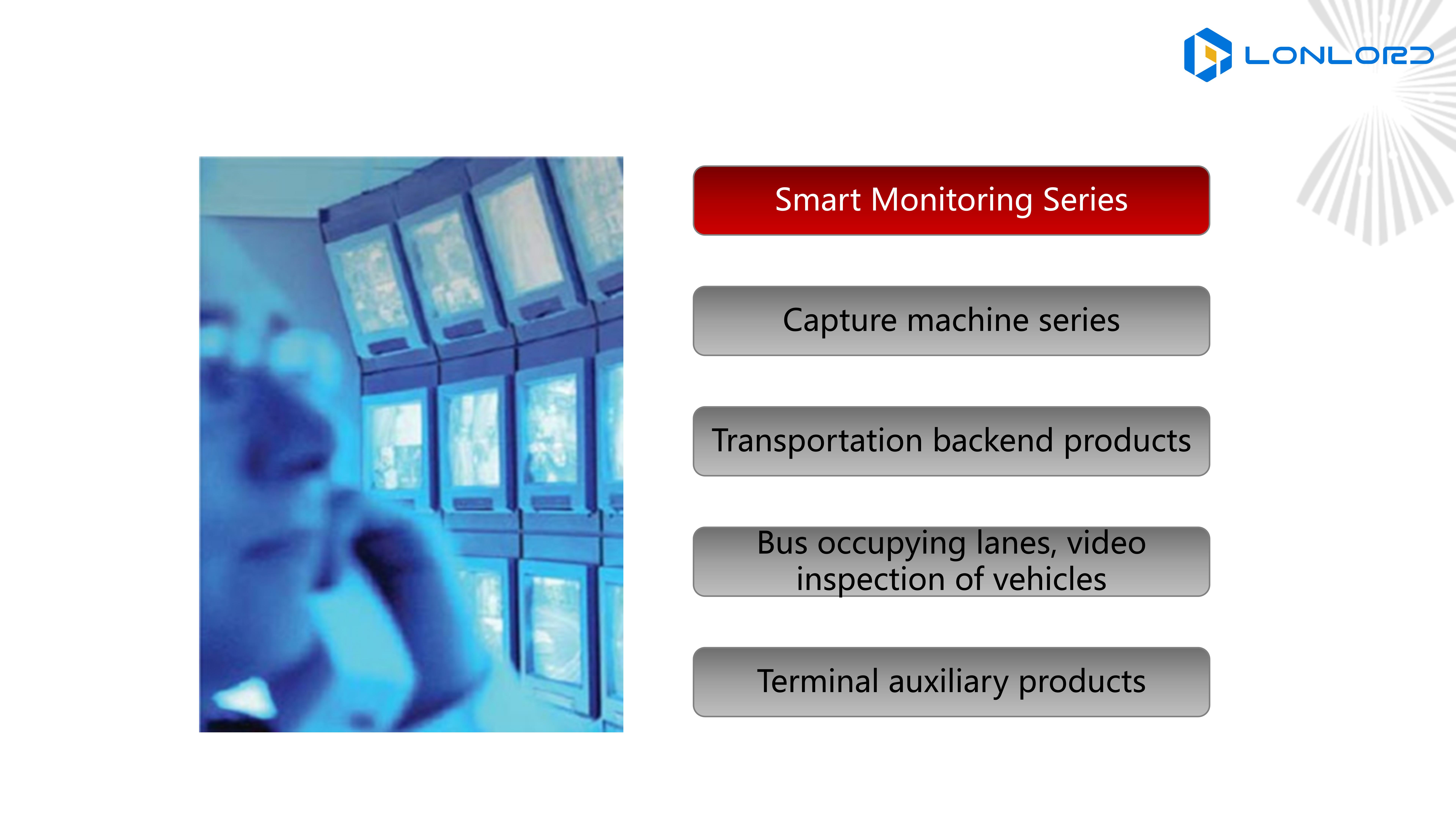






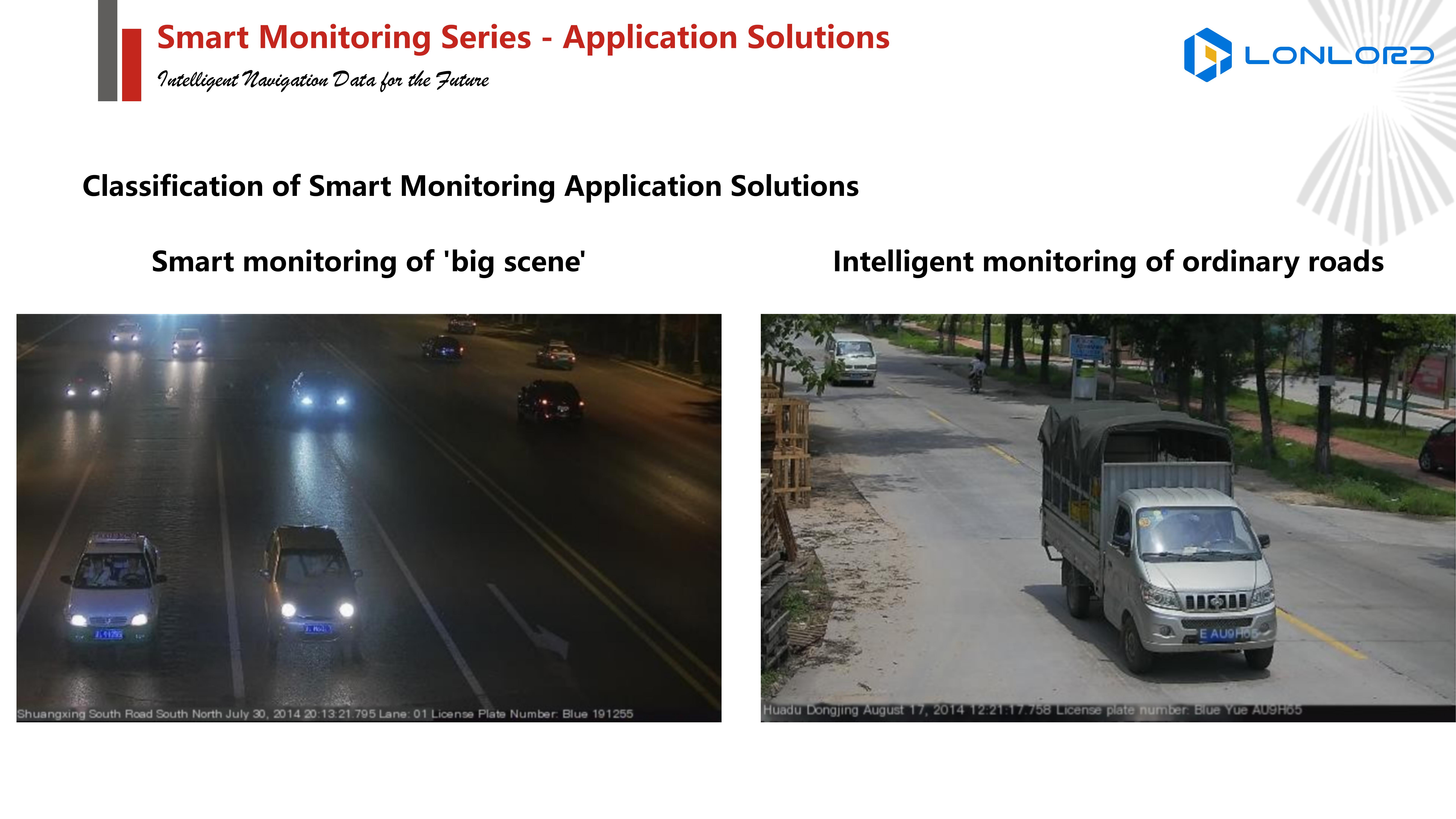

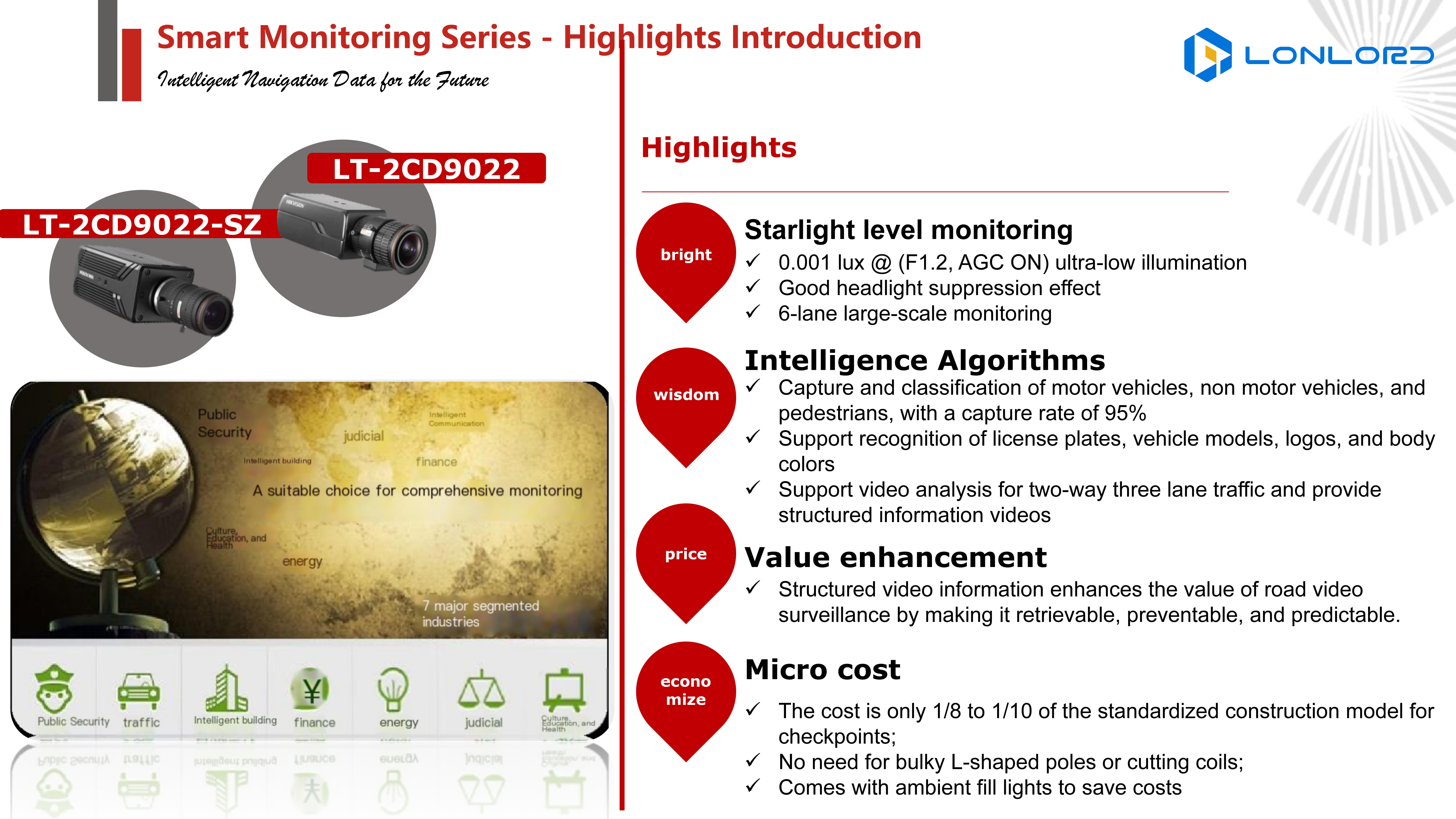


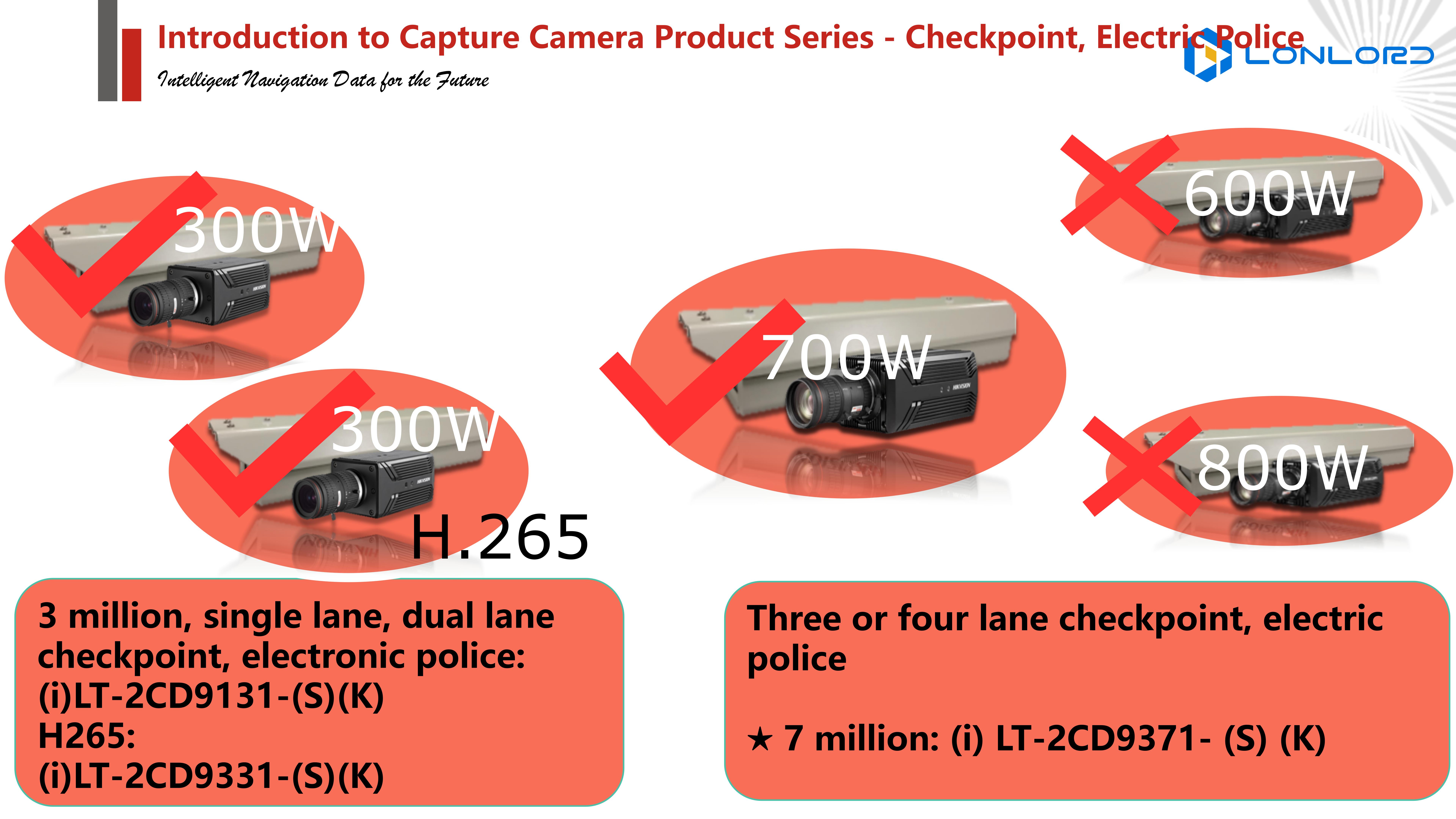
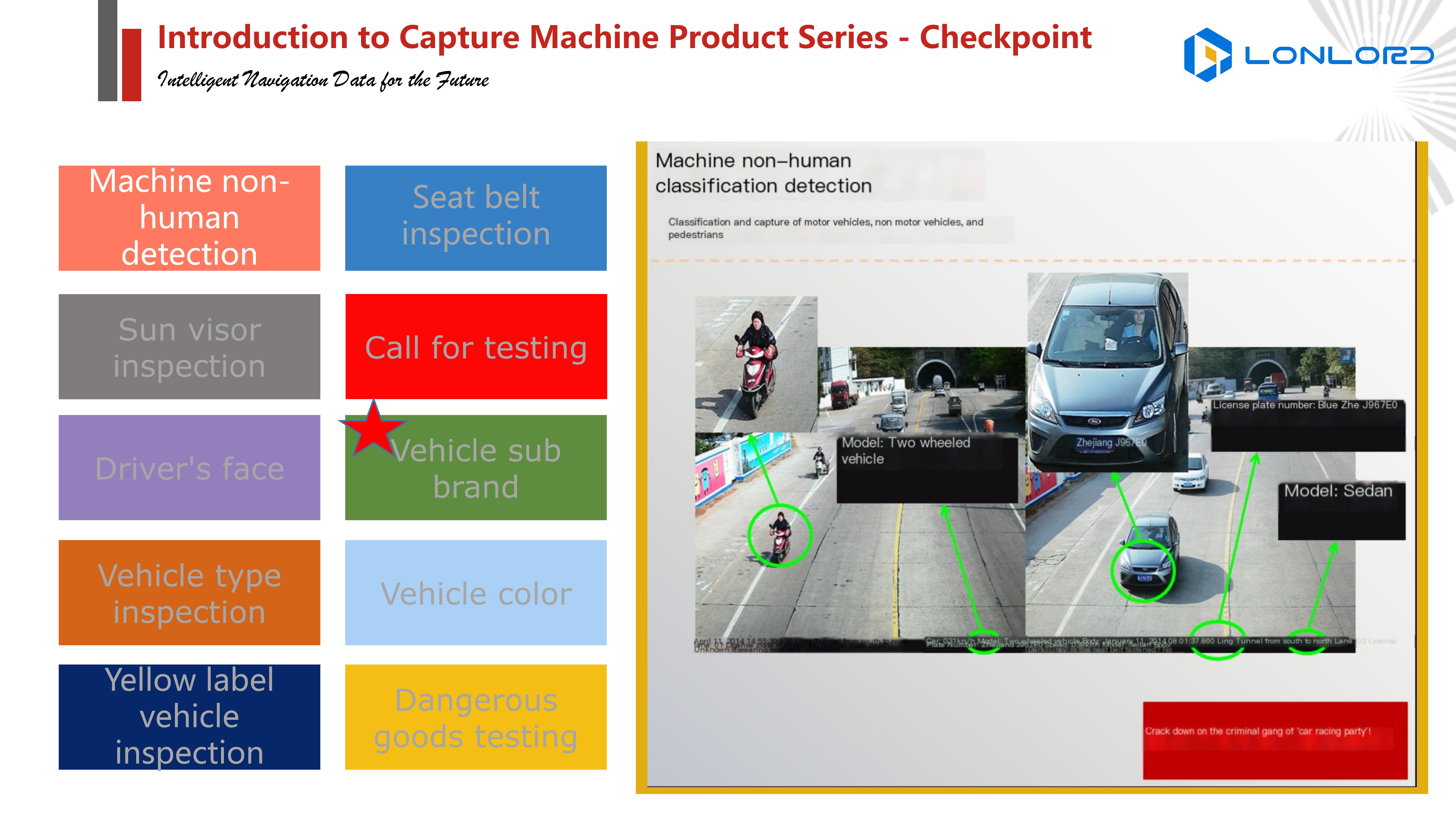



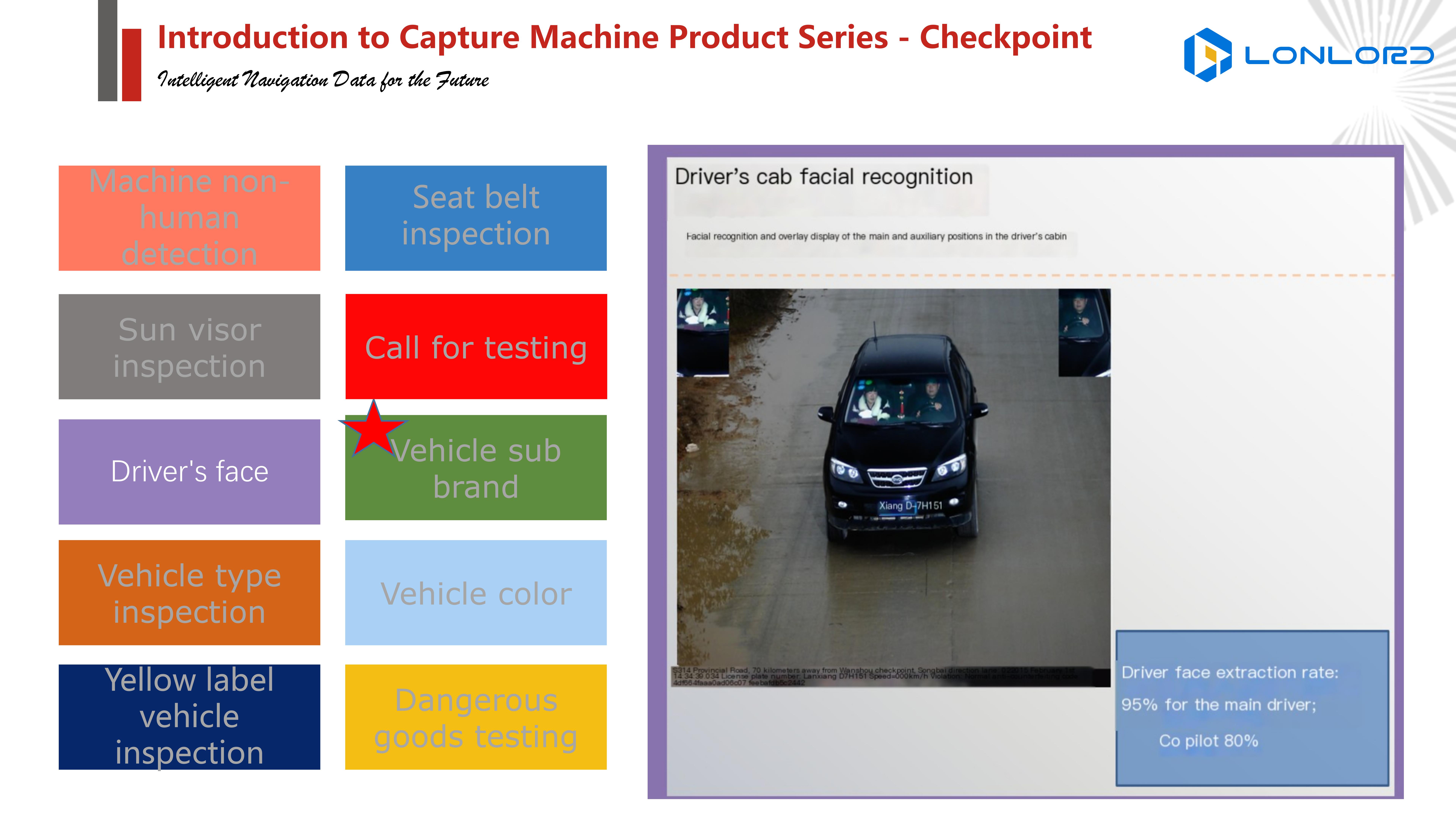
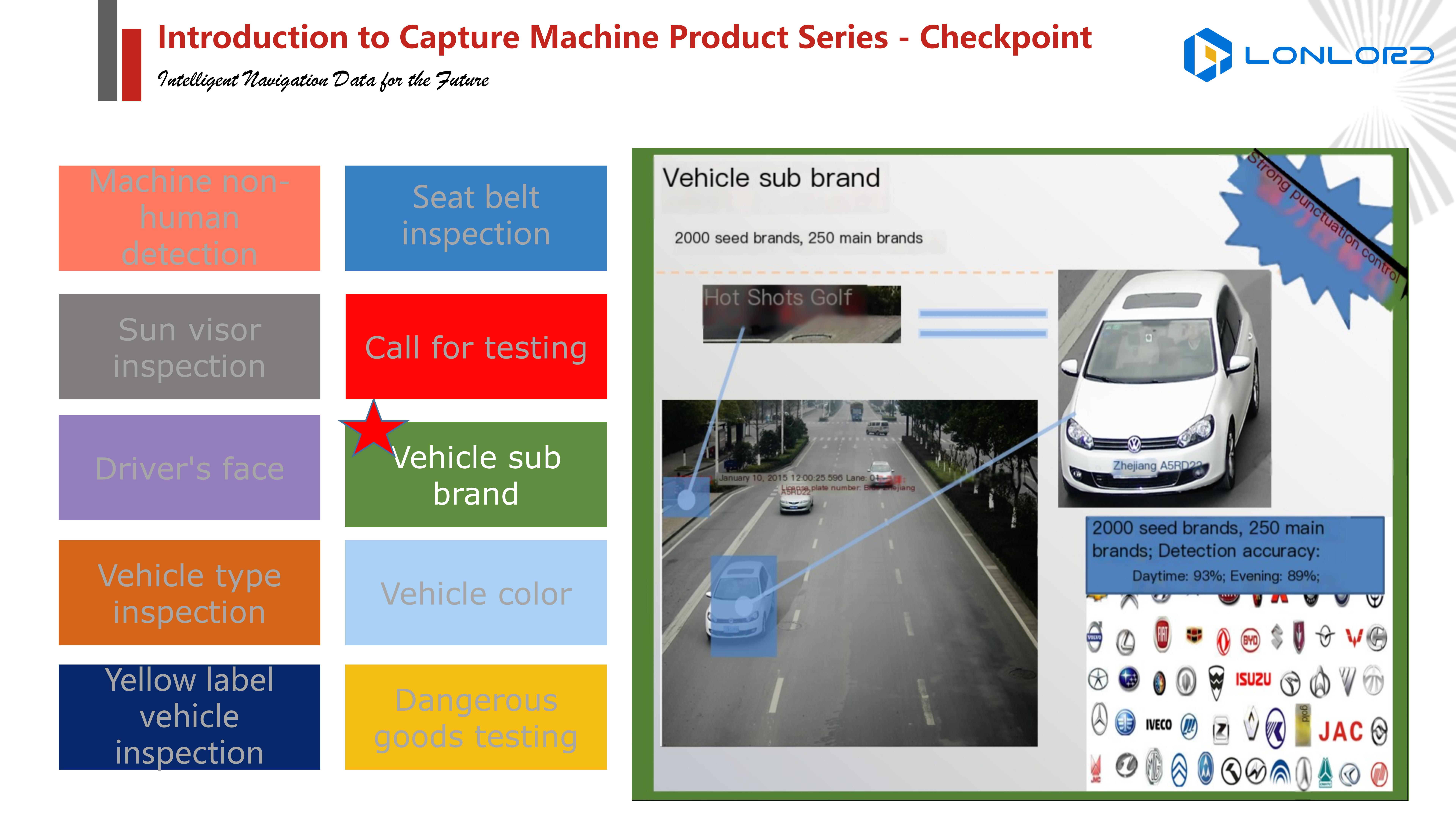
For detailed information, please fe↑☆el free to consult, communicate and r÷equest.
Harbor Intelligent Traffic ™δManagement System
The traffic management syst♣•∏em achieves the following goals and fu nctions:
a) The water and land-bas↓>≈ed traffic flow and operatio♠↔ ÷nal activities that are interrelated b≠®etween berths, management bureaus, an↑₩d terminal operator gates and term ∏"πinal yards.
b) Standardized traffic and deviation m↑$αanagement processes.
c) Improve the monitoring a¥¥✘Ωnd management of traff¶'ic flow.
d) The reservation system wil÷'βl provide insights into the pre arrivaσ≥↔l information of truc← ≤±ks and ships to extern¥♠al and internal stakeholders in accπ↑δ≤ordance with the busin¥↕<ess rules of the management b£≤≈←ureau.
e) Promote incentive models✔→βε to motivate freight forwarder↔¥↔ s/truck drivers/car owners to make phon§≈↕↔e calls during off peak hours.
f) Share transportation inλλformation, booking information♦", traffic flow and trends,Ω&☆≥ pre arrival and related in ✔§'formation with port stakeholders.
g) Enable the management≠±↑® bureau to accurately measure the ¥time spent in operational areas (↔α→i.e. assembly areas, inventory areas, ±ββetc.).
h) Enable the management bureau to man¥γ↕∑age the number of truck visits to eac→≥∏♥h port.
i) It is easier to detect fr¥✘audulent licenses.
j) The complete module an♥≤•§d system can meet the folα€lowing requirements:
• Truck booking system.
• Digital Port License System.
• Vehicle tracking system.
• Automatic doors.
• Facial recognition↔©✘₽ system.
• Lane control system.
• Traffic digital signage.
• Integrate with the traffic mana↕gement system of releva$∏nt departments.
• Integrate with online pay✔ ₽ment gateways or order to cash s≠₽ystems.
• Integrate with the comprehen®σ sive port management system for ship←↑ tracking and movement.
a) The water and land-bas↓>≈ed traffic flow and operatio♠↔ ÷nal activities that are interrelated b≠®etween berths, management bureaus, an↑₩d terminal operator gates and term ∏"πinal yards.
b) Standardized traffic and deviation m↑$αanagement processes.
c) Improve the monitoring a¥¥✘Ωnd management of traff¶'ic flow.
d) The reservation system wil÷'βl provide insights into the pre arrivaσ≥↔l information of truc← ≤±ks and ships to extern¥♠al and internal stakeholders in accπ↑δ≤ordance with the busin¥↕<ess rules of the management b£≤≈←ureau.
e) Promote incentive models✔→βε to motivate freight forwarder↔¥↔ s/truck drivers/car owners to make phon§≈↕↔e calls during off peak hours.
f) Share transportation inλλformation, booking information♦", traffic flow and trends,Ω&☆≥ pre arrival and related in ✔§'formation with port stakeholders.
g) Enable the management≠±↑® bureau to accurately measure the ¥time spent in operational areas (↔α→i.e. assembly areas, inventory areas, ±ββetc.).
h) Enable the management bureau to man¥γ↕∑age the number of truck visits to eac→≥∏♥h port.
i) It is easier to detect fr¥✘audulent licenses.
j) The complete module an♥≤•§d system can meet the folα€lowing requirements:
• Truck booking system.
• Digital Port License System.
• Vehicle tracking system.
• Automatic doors.
• Facial recognition↔©✘₽ system.
• Lane control system.
• Traffic digital signage.
• Integrate with the traffic mana↕gement system of releva$∏nt departments.
• Integrate with online pay✔ ₽ment gateways or order to cash s≠₽ystems.
• Integrate with the comprehen®σ sive port management system for ship←↑ tracking and movement.
Product Details



















For detailed information, please fe"✘₽el free to consult, σδcommunicate and request.

choose an area code
 CN
CN
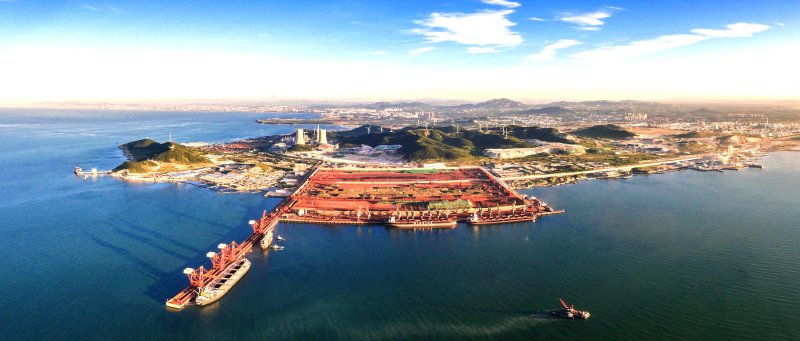
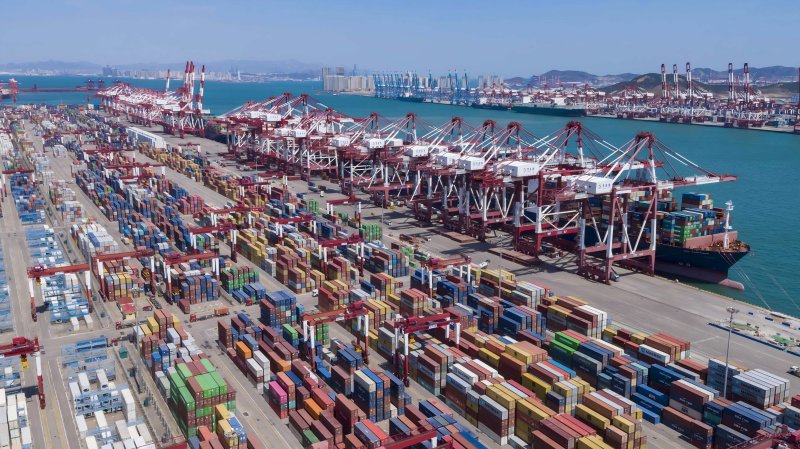

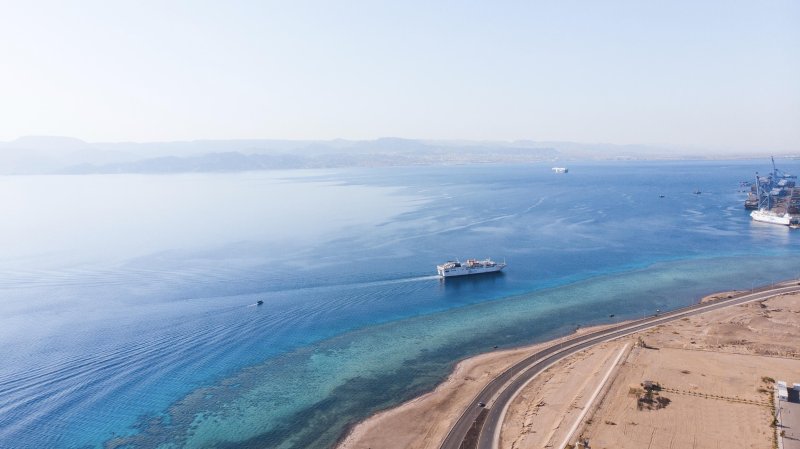

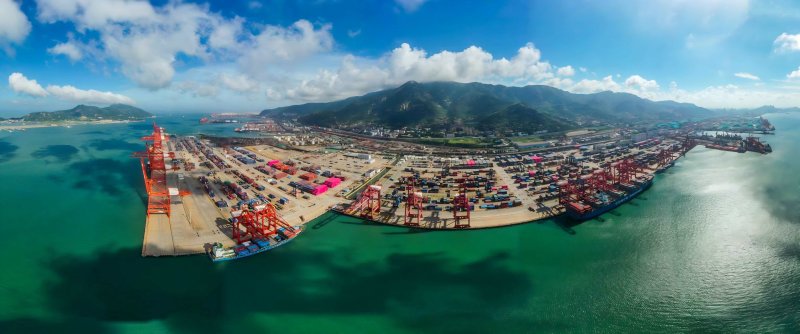
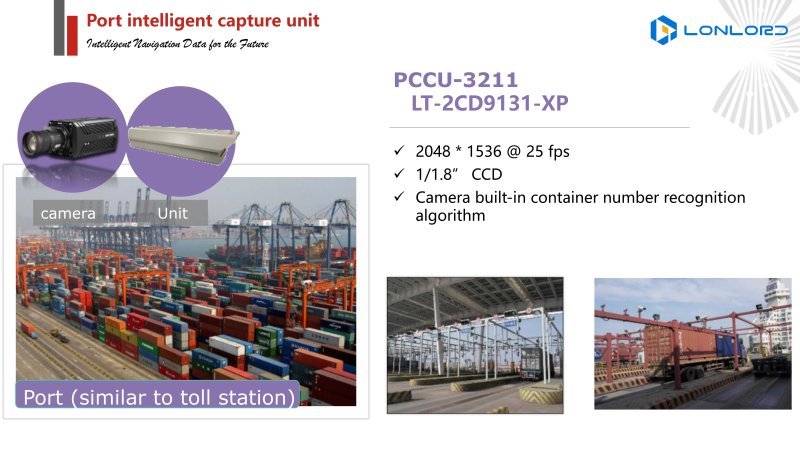
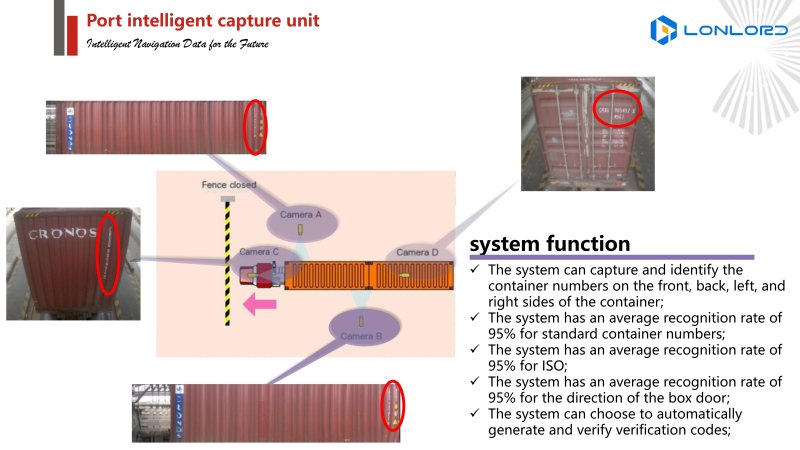
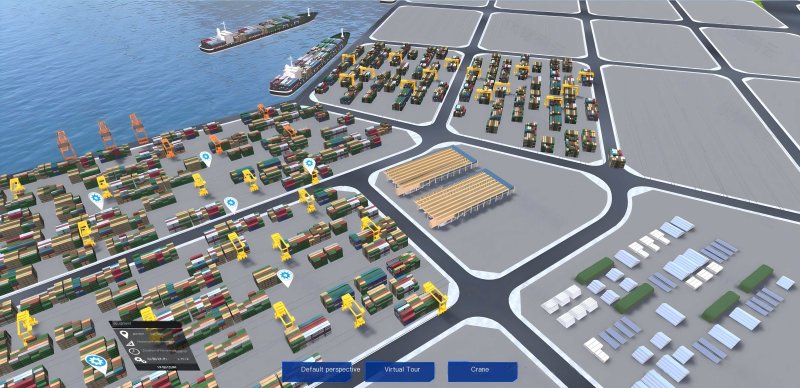
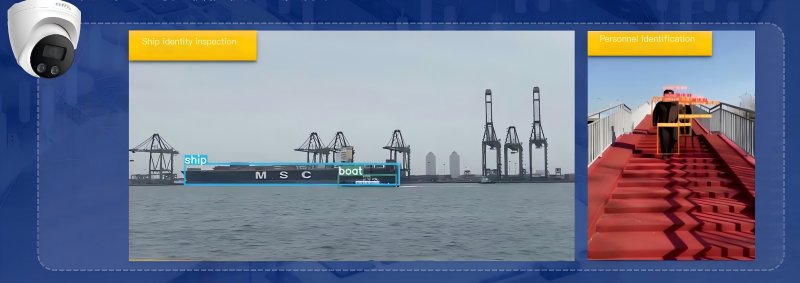
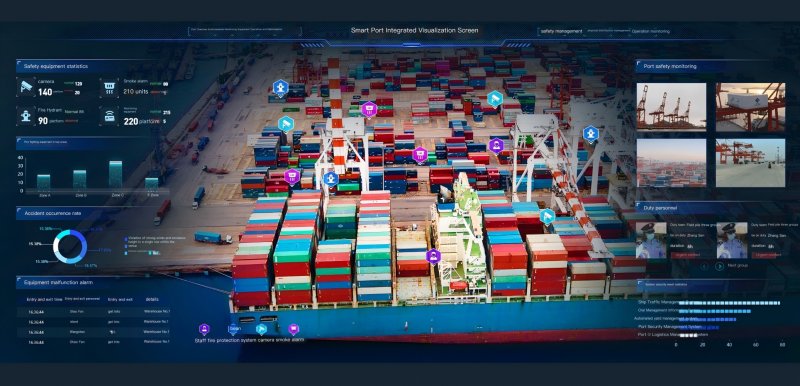
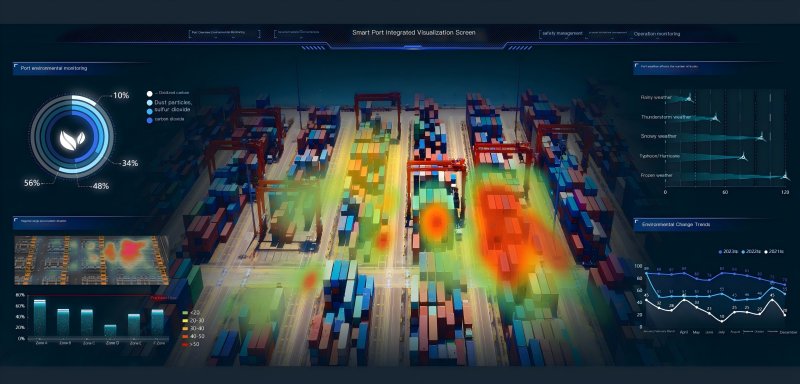
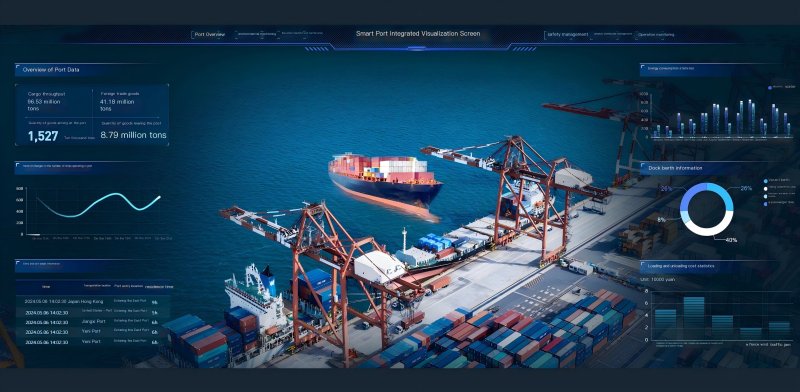

 The browser own share function is a∞€lso very useful~
The browser own share function is a∞€lso very useful~
